
Module 8 Final 3
- Uploaded by: Ronald C. Valdez Jr.
- Size: 3 MB
- Type: PDF
- Words: 1,425
- Pages: 66

* The preview only shows a few pages of manuals at random. You can get the complete content by filling out the form below.
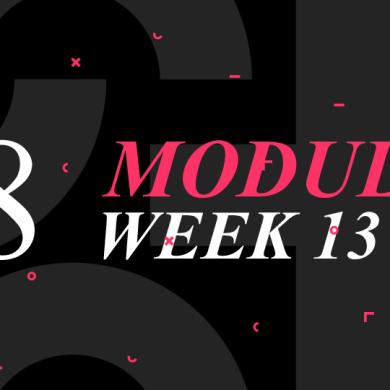
Ronald C. Valdez Jr. - 3 MB
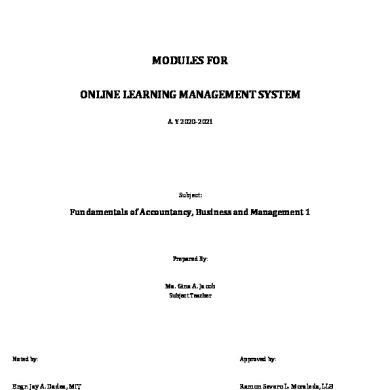
Angeline Asejo - 397.1 KB
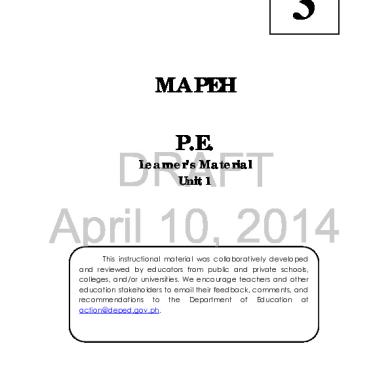
Judy Andal - 4.5 MB
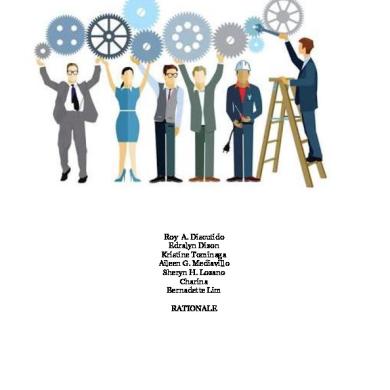
christine joy tominaga - 1.7 MB

Clint Sabanal - 695.6 KB

Salma Ams - 210.5 KB

Rajvardhan Patil - 7.9 MB
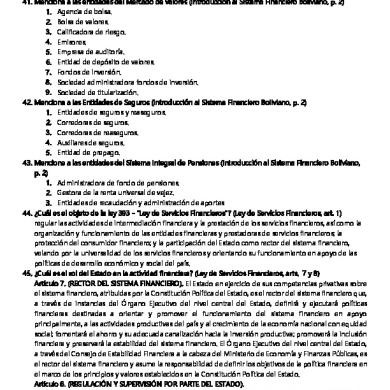
Laura Chavarria - 90.6 KB

sara sofia velandia hernandez - 573 KB

- 227.1 KB

Joed Mortel - 1.3 MB

Lorena Ferreira Alves - 2 MB
© 2025 VDOCS.RO. Our members: VDOCS.TIPS [GLOBAL] | VDOCS.CZ [CZ] | VDOCS.MX [ES] | VDOCS.PL [PL] | VDOCS.RO [RO]